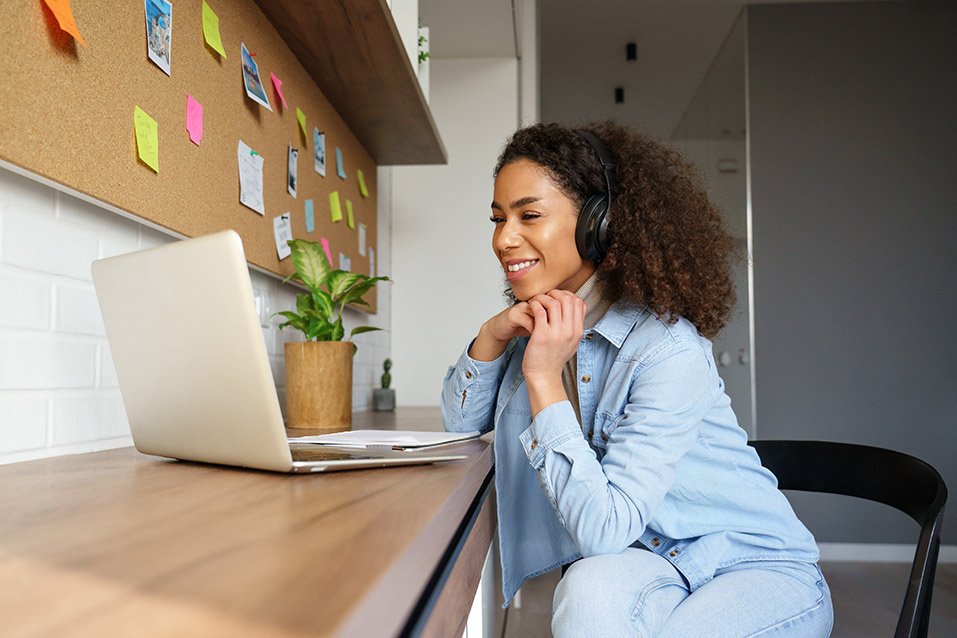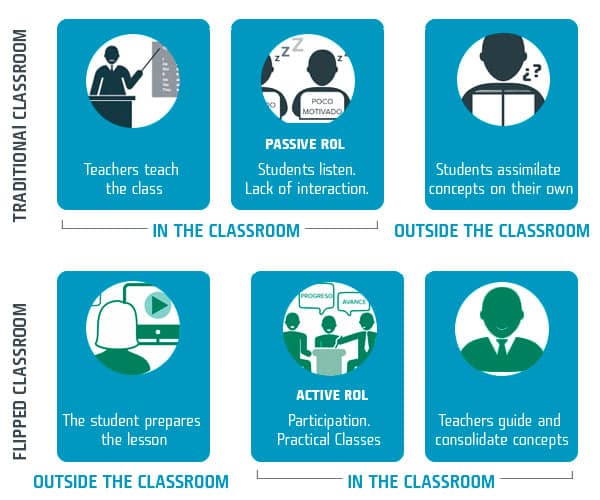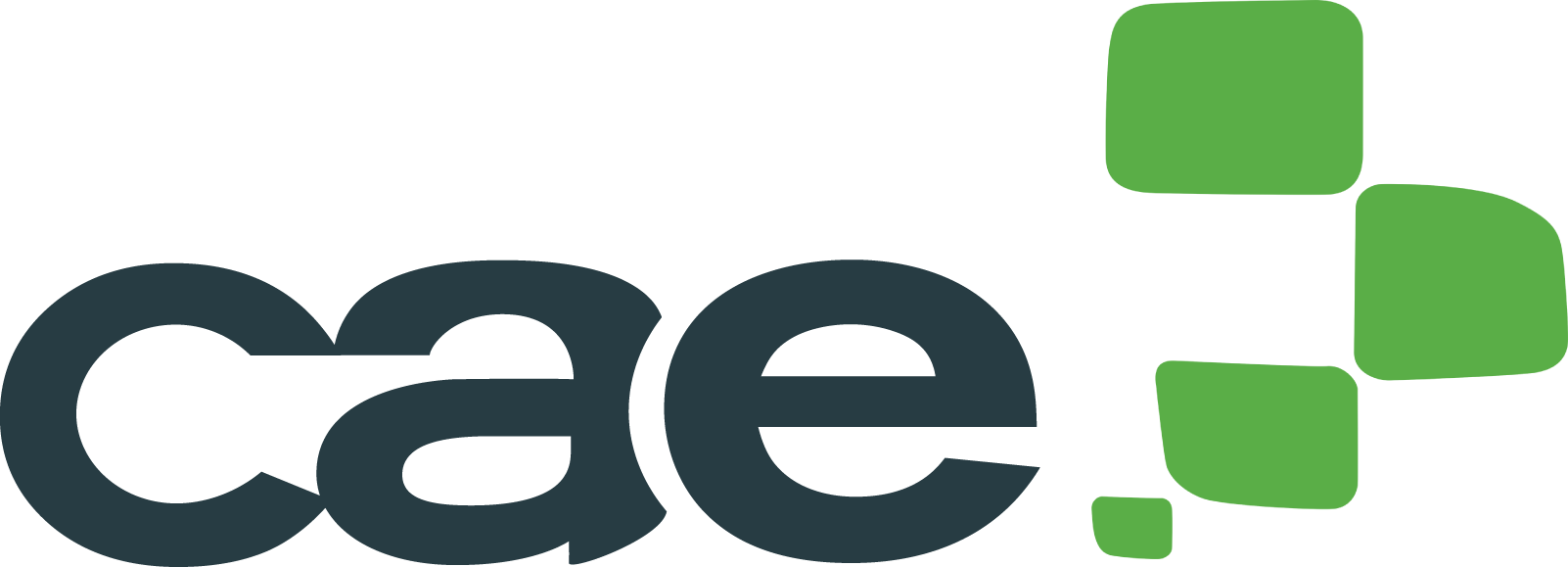The flipped classroom is an educational blended learning strategy that flips the traditional method. The roles of teachers and students are transformed, meaning that theoretical learning takes place at home and practical learning is developed in the classroom, to explain it in a simplified way. This approach clearly differs from the traditional model where teachers present concepts in class while students follow the lesson in their books or mechanically take notes, and later work on practical exercises at home: the famous homework.

There are many authors and educators who, over the past years (while the phenomenon emerged and gained strength), have tried to come up with a definition of a flipped classroom that the rest of the community could agree with. FLN, an American association, uses this definition from FlippedLearning.org:
Flipped Learning is a pedagogical approach in which direct instruction moves from the group learning space to the individual learning space, and the resulting group space is transformed into a dynamic, interactive learning environment where the educator guides students as they apply concepts and engage creatively in the subject matter.
In language teaching, Dexway flipped classroom is a great ally for language centers and since it is a modern and effective method, it helps solve many of the problems that arise at language schools due to the physical limitations of classroom space and the number of teachers. For this reason, centers that solely use a flipped classroom method are a very attractive offer and provide numerous benefits.
3 advantages for language schools that implement Dexway flipped classrooms
The implementation of innovative methodologies is essential to maximize learning and maintain student engagement. One technique that has proven to be particularly effective is the flipped classroom. This pedagogical strategy, in combination with advanced e-learning tools such as Dexway, offers multiple benefits for both students and schools. Below, we will explore three key advantages that schools can experience in successfully implementing the flipped classroom with the Dexway platform, highlighting how this combination can transform the educational experience and optimize learning outcomes.

#1 There is no limit to the number of students who can enroll
By applying the flipped classroom methodology in conjunction with the Dexway platform, the language center frees itself from the rigid structure of traditional classes and levels. This flexible approach allows students to progress at their own pace, without the constraints of a fixed calendar. As a result, the center can enroll significantly more students at any time of the year, adapting to the individual needs of each learner.
This flexibility not only optimizes the use of the center’s resources, but also attracts a greater diversity of students, including people with complicated schedules or those seeking more personalized learning. In essence, this methodology turns the center into a continuous, accessible, learning space, potentially increasing both enrollment and student satisfaction.
#2 Starting the course is completely flexible
Course start times become totally flexible, allowing students to begin learning at the most convenient time for them. This flexibility is made possible by e-learning platforms, which offer constant access to educational materials and resources. There is no longer a need to wait for the beginning of the term/semester or a specific date to start a course; each student can enroll and start studying when it best fits their personal and professional schedules.
#3 No scheduling issues when forming groups
With blended learning, the number of class hours are reduced and groups are more flexible.
When a center implements flipped classroom to all of its classes, groups are not formed at the time of registration and therefore placement tests are not needed when registering. Students don’t have to be grouped into set levels according to classroom and teacher availability because flipped classes are much more flexible and can integrate students at various levels.
The first signs of the current flipped classroom appeared in the 90s, although it would take several years to call it by that name. At that time, CAE was one of the first innovators with its flipped methodologies. In networked classrooms at language centers, it combined online classes with face-to-face tutoring once or twice a week.
Until Dexway launched, CAE offered flipped alternatives such as Fast English or English Without Limits, in addition to other blended learning modalities: labs, face-to-face and online classes. In 2010, CAE combined its three decades of expertise and know-how of being a leader in the e-learning sector with Dexway courses, where flipped classroom has become a key methodology.
This extensive expertise has allowed CAE to support many language centers who are trying to go digital and become more profitable through successful configurations. With those objectives in mind, Dexway flipped classroom centers are an option that modifies the business model by integrating flipped classrooms as the center’s trademark.
You may also like:


